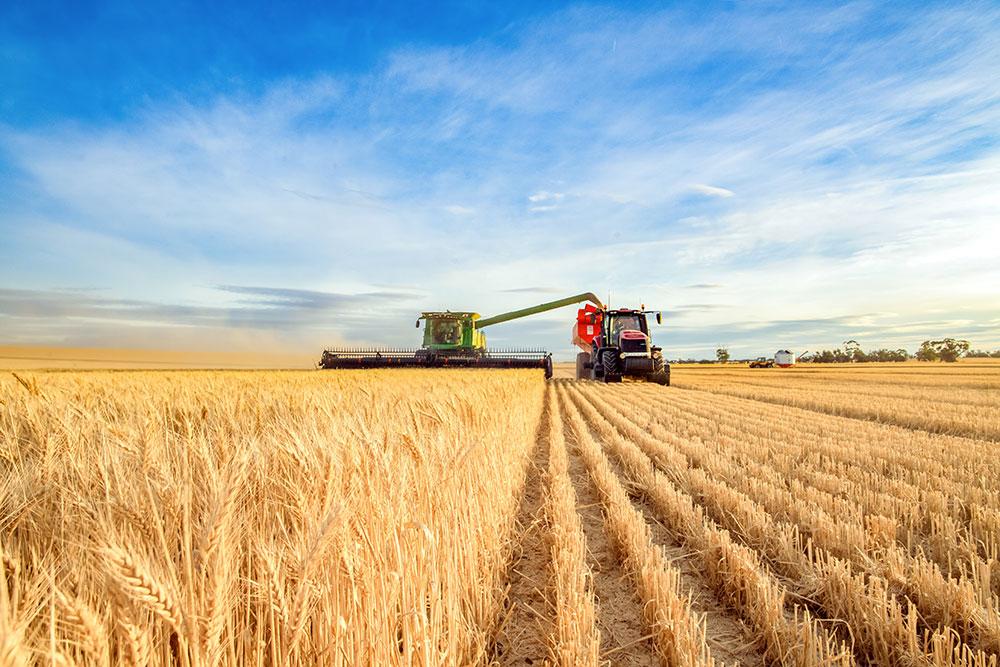A new ABARES report today shows the agriculture sector has consolidated recent gains in production growth with a record $75 billion in production in 2020-21.
ABARES Executive Director Jared Greenville said the latest ABARES Insights report: Snapshot of Australian Agriculture 2022 demonstrated that while there have been fluctuations, the agriculture sector was still on an upward trajectory.
“Because we export most of what we produce, maintaining competitiveness on international markets has been the key to growth over the longer term,” Dr Greenville said.
“This has involved changes within the industry – for example, broadacre farms continuing to get bigger – and access to export markets has also been important.
“Over the past 15 years, Australia's trade agreements have provided access to new and growing markets. This also helps when there are disruptions to international markets by making sure we’ve got a variety of options.
“The ability of Australian farmers to adapt to changing conditions and risks has been impressive.
“Despite the challenges presented by higher temperatures and lower rainfall over the last few decades, we’ve seen productivity continue to increase as farmers continue to adapt.
“For example, ABARES surveys show that farms are actively increasing their resilience to drought by improving soil water retention, increasing fodder and grain storage and de-stocking early in low rainfall periods to preserve groundcover.”
The report provides an overview of the industry, summarising key issues with descriptive statistics.
It also notes:
- Increased volume has been the main driver of growth in the cropping sector and higher prices have driven growth in the livestock sector.
- Farm sizes have increased, in terms of both total receipts and land area, as the number of farms has decreased.
- Labour is a key input to Australian agriculture and total farm employment varies throughout the year in line with the timing of relatively labour-intensive operations.
- The effects of the COVID-19 pandemic on the Australian agricultural workforce have been most directly felt in the horticulture sector. The total number of workers used by Australian horticulture farms declined by around 8% (11,000 workers) from 2019–20 to 2020–21.
- While Australian farmers have adapted to the pressures of a trend towards higher temperatures and lower winter rainfall over recent decades, adaptation will need to continue and pressure to adapt is likely to vary significantly between industries and regions.
- Government support of Australia's agricultural sector is very low compared to the 37 member OECD countries.
- Australia's trade agreements with major trading partners have provided access to new and growing markets over the past 15 years.
Read ABARES Insights report: Snapshot of Australian Agriculture 2022.



